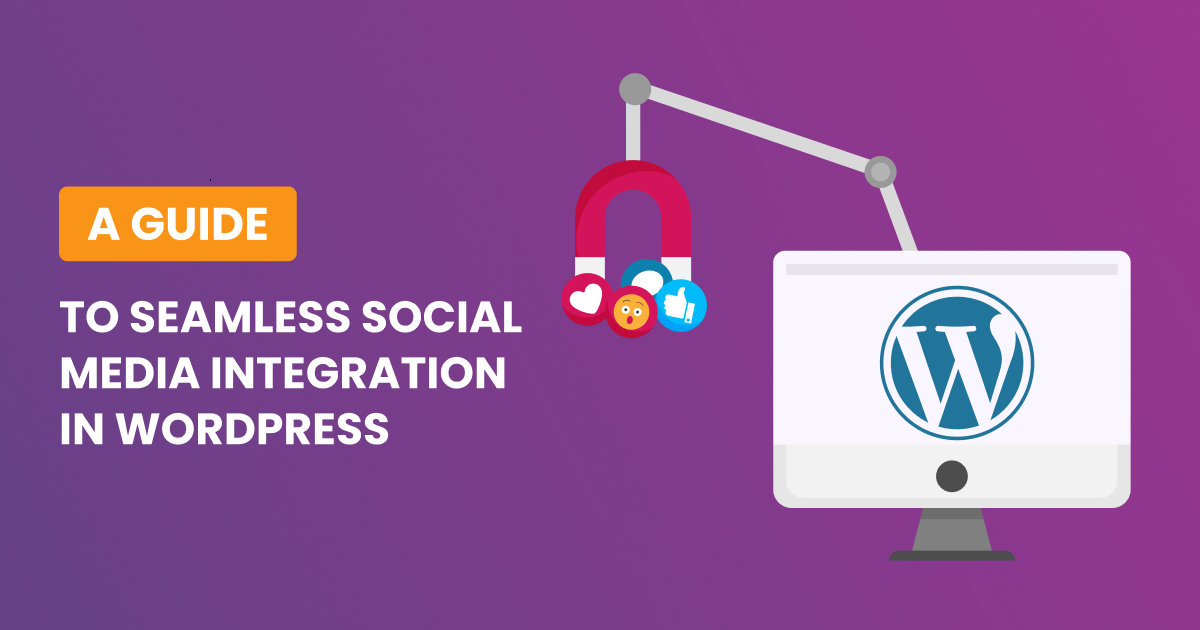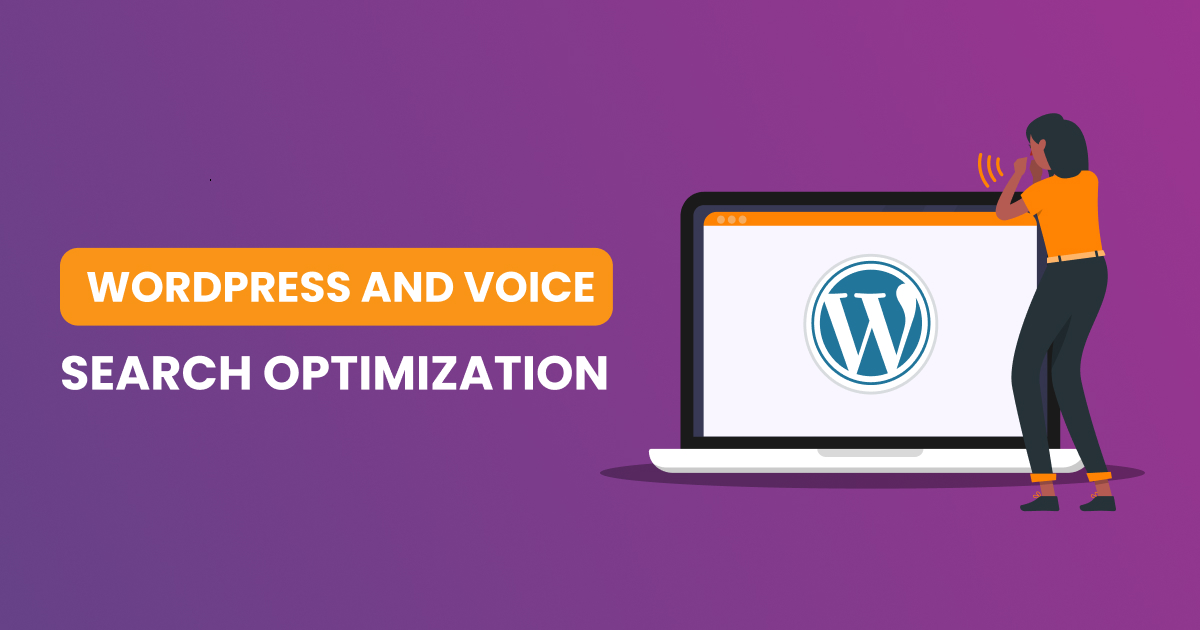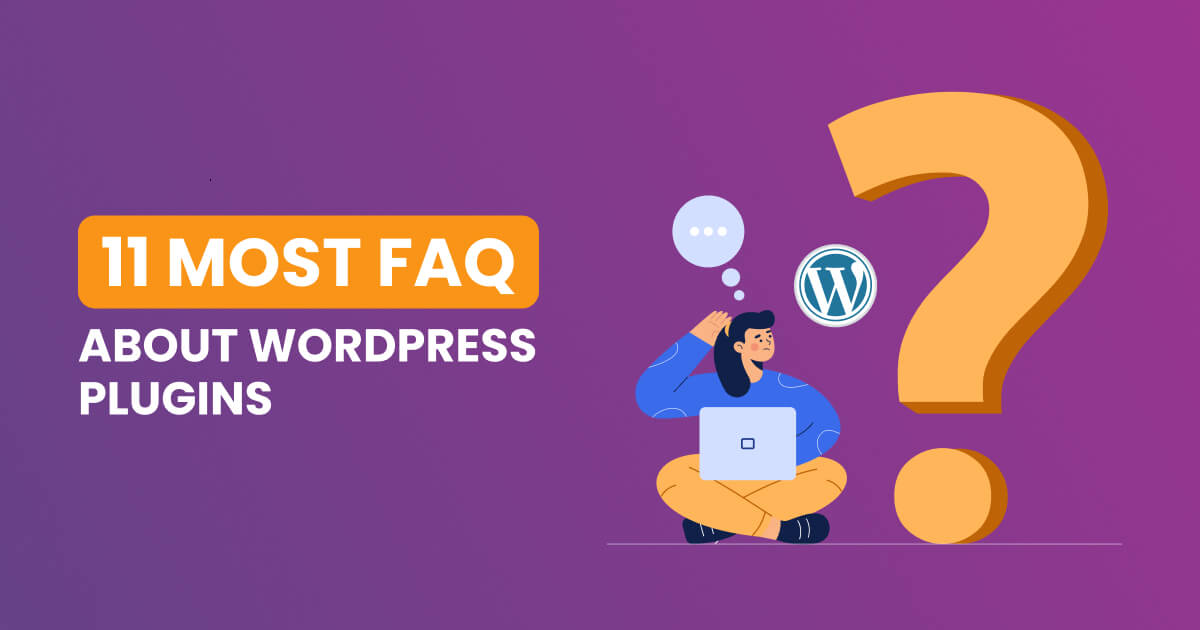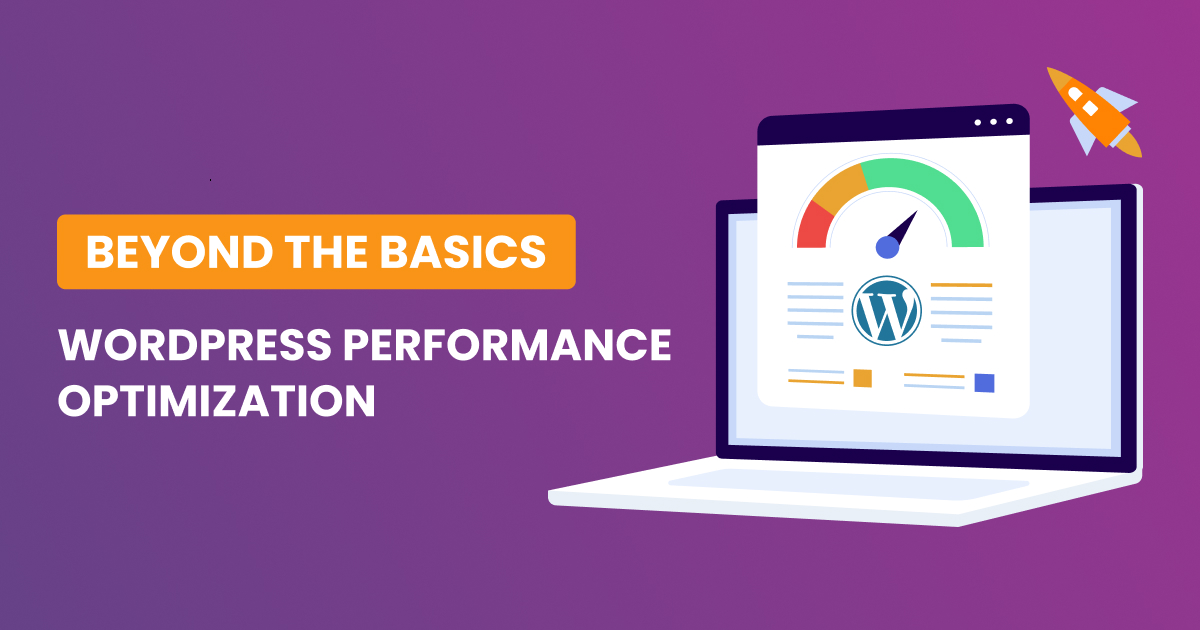WordPress, with its user-friendly interface and robust plugin ecosystem, powers a significant portion of the internet. However, as your site grows, basic performance optimizations may no longer suffice. To truly supercharge your WordPress site, it’s essential to explore advanced techniques that go beyond the basics. In this article, we will delve into server tweaks, content delivery strategies, and other advanced approaches to elevate your site’s performance to new heights.
Server Optimization
Caching Strategies
Caching lies at the heart of server optimization, and while basic page caching is a good start, advanced caching strategies can take your WordPress site to new levels of performance.
Object Caching: Object caching involves storing complex queries and data structures so that subsequent requests can fetch precomputed results, reducing the load on the server. By minimizing redundant calculations, object caching enhances response times and overall server efficiency. Popular caching plugins like Redis or Memcached can be integrated into WordPress to implement robust object caching.
Opcode Caching: Opcode caching focuses on optimizing the execution of PHP scripts. By storing the compiled PHP code in memory, opcode caching eliminates the need for repetitive script interpretation, significantly improving response times. Zend OPcache is a widely used PHP extension that provides efficient opcode caching and can be seamlessly integrated into most hosting environments.
Server-Level Compression
Efficient file transfer is vital for a swift user experience. Server-level compression, achieved through technologies like Gzip or Brotli, plays a crucial role in minimizing the size of files transmitted between the server and the user’s browser.
Gzip Compression: Gzip, a popular compression method, reduces file sizes before they are sent to the user’s browser. By compressing text-based files like HTML, CSS, and JavaScript, Gzip dramatically decreases the amount of data transmitted, resulting in faster page load times. Most modern servers support Gzip, and it can be easily enabled through server configurations.
Brotli Compression: Brotli is a newer compression algorithm that often outperforms Gzip in terms of compression ratios. It is particularly effective for compressing textual content, making it a strong candidate for optimizing WordPress websites. Many content delivery networks (CDNs) and web servers now support Brotli compression, providing an alternative or complement to Gzip.
Optimized Database Queries
A well-optimized database is fundamental to a responsive WordPress site. Fine-tuning your database queries ensures that they are efficient and performant.
Query Optimization: Regularly analyze slow queries using tools like MySQL’s slow query log or profiling plugins. Identify and address bottlenecks, optimizing the queries for better performance. Utilize indexes strategically to speed up data retrieval, and ensure that the database schema is well-designed to support the site’s requirements.
Query Caching: Implementing query caching can significantly reduce the workload on the database. By storing the results of frequently executed queries, subsequent requests can bypass the database and retrieve precomputed data, enhancing response times. WordPress plugins like W3 Total Cache or WP Super Cache offer features to enable query caching effortlessly.
Database Cleanup: Over time, databases can accumulate unnecessary data, impacting performance. Regularly perform database cleanup tasks, removing expired or redundant records. WordPress plugins such as WP-Optimize can automate this process, ensuring a lean and efficient database environment.
Incorporating these server optimization techniques will lay a solid foundation for advanced WordPress performance, setting the stage for an enhanced user experience and improved site responsiveness.
Content Delivery Strategies
Content Delivery Network (CDN)
In the quest for optimal performance, leveraging a Content Delivery Network (CDN) is a game-changer. A CDN is a distributed network of servers strategically placed around the globe, designed to deliver static assets such as images, CSS, and JavaScript files. By dispersing these assets across multiple servers worldwide, a CDN significantly reduces the physical distance between the user and the server, resulting in faster load times.
Global Asset Distribution: CDNs excel at efficiently distributing content to users based on their geographical locations. This minimizes latency and ensures that users experience swift page load times, regardless of where they are located. Popular CDNs like Cloudflare, Akamai, or Amazon CloudFront seamlessly integrate with WordPress, offering easy setup and configuration.
Advanced CDN Features: Beyond the fundamental content distribution role, explore advanced features offered by CDNs to further enhance your WordPress site’s performance. For instance, many CDNs provide image optimization services that automatically compress and resize images without compromising quality. Adaptive image delivery is another advanced feature that tailors image sizes and formats based on the user’s device, ensuring optimal viewing experiences across various platforms.
Lazy Loading
In the age of multimedia-rich websites, implementing lazy loading is a crucial technique to enhance user experience and streamline initial page load times.
Deferred Loading for Off-Screen Elements: Lazy loading defers the loading of non-essential assets, such as images, until they are about to come into the user’s viewport. By prioritizing the loading of on-screen content and delaying off-screen elements, lazy loading reduces the initial page load time, allowing users to access critical information more quickly.
Effective Handling of Media-Heavy Pages: For websites with content-heavy pages featuring numerous images and multimedia elements, lazy loading is particularly effective. It ensures that the user is presented with essential content promptly, while non-essential elements are loaded progressively as the user scrolls down the page. WordPress plugins like WP Rocket or Lazy Load by WP Rocket simplify the implementation of lazy loading without requiring extensive coding.
Resource Prefetching
To provide users with a seamless and responsive browsing experience, resource prefetching is a strategic technique that anticipates user actions and pre-loads essential assets required on subsequent pages.
Anticipating User Actions: Resource prefetching involves predicting which resources a user is likely to need on the next page they visit. By loading these assets in advance, the user experiences faster page transitions and reduced waiting times. Prefetching is particularly effective for links that users are likely to click, improving the overall perceived speed of your WordPress site.
Implementation for Improved User Experience: Leverage HTML’s prefetching capabilities to hint to the browser which resources should be fetched ahead of time. This can include CSS files, JavaScript libraries, or even specific images. By judiciously implementing resource prefetching, you create a more responsive website that caters to user expectations and behavior.
Incorporating these advanced content delivery strategies into your WordPress optimization plan ensures that your site not only loads quickly but also delivers a seamless and enjoyable browsing experience for your users.
Code and Script Optimization
Minification and Concatenation
Efficient handling of CSS and JavaScript files is pivotal for a streamlined WordPress site. Minification and concatenation are optimization techniques that significantly enhance the loading speed and overall performance.
Minification: Minification involves the removal of unnecessary characters, such as whitespaces and comments, from your CSS and JavaScript files. This results in smaller file sizes, reducing the amount of data that needs to be transferred to the user’s browser. WordPress plugins like Autoptimize or WP Rocket can automate the minification process, simplifying implementation for users without in-depth coding knowledge.
Concatenation: Concatenation combines multiple CSS or JavaScript files into a single file. This reduces the number of HTTP requests made by the browser, as it only needs to fetch one consolidated file instead of several individual ones. While concatenation improves loading times, care must be taken to ensure that the combined file does not become excessively large. Tools like Grunt or Gulp, or plugins like Fast Velocity Minify for WordPress, assist in seamless concatenation.
Asynchronous Loading
Ensuring that non-essential scripts do not hinder the page rendering process is crucial for delivering a smooth and responsive user experience. Asynchronous loading allows these scripts to be loaded independently, preventing them from blocking the rendering of critical content.
Deferred Loading: By loading scripts asynchronously, you allow the browser to continue rendering the page while non-essential scripts are fetched in the background. This is particularly beneficial for scripts that are not required for the initial page display. WordPress developers can use the async attribute in script tags or utilize dedicated plugins like Async JavaScript to implement asynchronous loading effortlessly.
Improved Page Responsiveness: Asynchronous loading improves the overall perceived speed of your WordPress site by ensuring that essential content is displayed promptly. Users can interact with the page even before all scripts have been fully loaded, creating a more engaging and responsive browsing experience.
Regular Code Audits
Maintaining a clean and optimized codebase is vital for long-term WordPress performance. Regular code audits involve systematically reviewing your theme and plugins to identify and eliminate redundant or poorly optimized code.
Identification of Performance Bottlenecks: Code audits help pinpoint areas of your WordPress site that may be causing performance bottlenecks. Identifying and addressing these issues proactively ensures that your site remains responsive and efficient, even as it evolves.
Conflict Resolution: Plugins and themes from different developers may occasionally conflict with each other, leading to performance issues. Regular code audits allow you to catch these conflicts early, minimizing the risk of disruptions to your site’s functionality. Tools like Query Monitor or P3 Plugin Performance Profiler assist in identifying potential conflicts and performance bottlenecks during the auditing process.
Optimization for Future Growth: As your WordPress site evolves, so too should your codebase. Regular audits provide an opportunity to optimize your code for scalability, ensuring that your site’s performance remains robust as it continues to grow. Regularly update plugins and themes to benefit from performance improvements and security updates.
Incorporating these code and script optimization practices into your WordPress development workflow ensures a lean, efficient, and high-performing website that not only meets current standards but is also well-prepared for future growth.
By incorporating these advanced strategies into your WordPress performance optimization toolkit, you can take your site to the next level. Remember that continuous monitoring and tweaking are crucial to maintaining peak performance. Stay proactive, keep abreast of the latest developments, and fine-tune your approach to ensure your WordPress site not only meets but exceeds user expectations in terms of speed and responsiveness.








